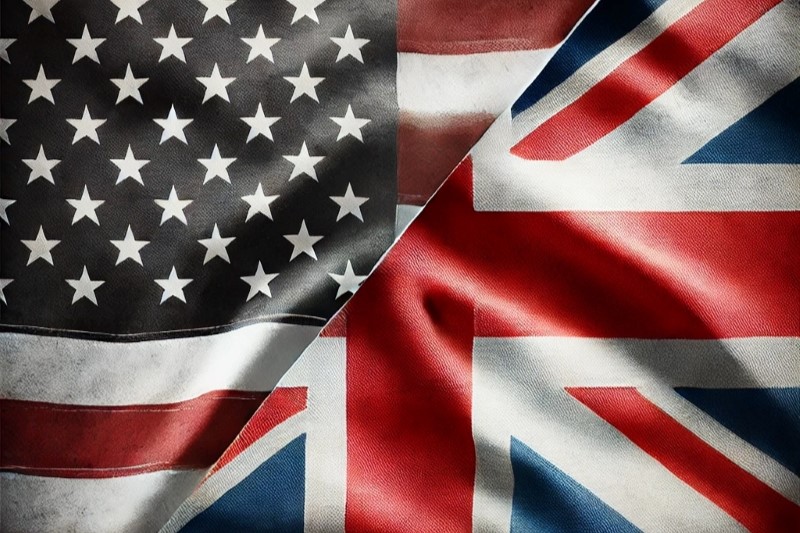While British and American English are mutually intelligible, there are some notable differences. Understanding these can help you communicate more effectively in both variants:
1. Spelling:
– British: colour, centre, travelling
– American: color, center, traveling
2. Vocabulary:
– British: lift, rubbish, biscuit
– American: elevator, trash, cookie
3. Past tense verbs:
– British often uses present perfect: «I’ve just eaten»
– American may use simple past: «I just ate»
4. Collective nouns:
– British: «The team are playing well»
– American: «The team is playing well»
5. Dates:
– British: 25/12/2023 (day/month/year)
– American: 12/25/2023 (month/day/year)
6. Time:
– British: «half three» (3:30)
– American: «three thirty»
7. Punctuation:
– British: single quotation marks (‘example’)
– American: double quotation marks («example»)
8. Prepositions:
– British: «at the weekend»
– American: «on the weekend»
9. Pronunciation:
– British: «schedule» sounds like «shed-yule»
– American: «schedule» sounds like «sked-yule»
10. Idioms:
– British: «sweep under the carpet»
– American: «sweep under the rug»
Remember:
– Neither version is «correct». Both are valid.
– Context often clarifies meaning.
– Global media has blurred some distinctions.
Tip: When writing formally, choose one variant and stick to it consistently.
Recuerda: Lo importante es comunicarse efectivamente, sea cual sea la variante que uses.
Understanding these differences will help you navigate both British and American English with confidence!
Written by Aimee Wilkinson, Principal at The Harrogate International Academy




